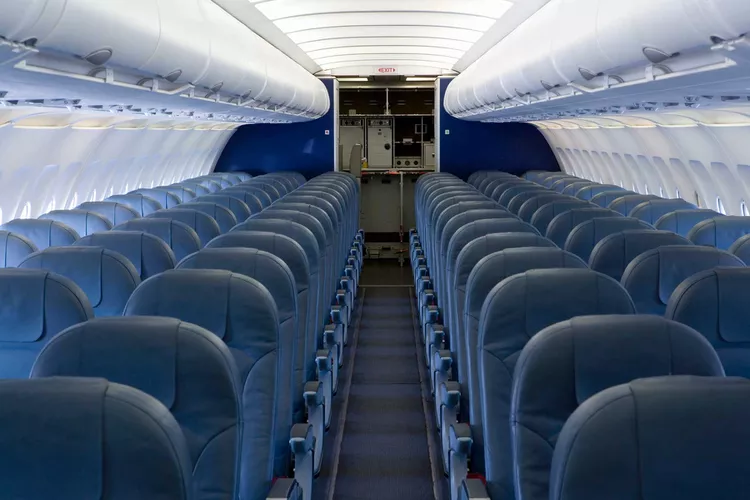Understanding Air Circulation in Airplane Cabins
1. Air Pressure and Oxygen Levels
While flying at 35,000 feet, it’s fascinating to consider how fresh, clean air circulates through a pressurized cabin. The atmospheric conditions at cruising altitude are inhospitable to human life. As atmospheric air pressure decreases, so does oxygen density, making it challenging for our lungs to transfer this vital element to the bloodstream.
On the ground, the atmospheric pressure is approximately 14.7 pounds per square inch (PSIA), but at cruising altitude, it drops to around 3.47 PSIA. Under these conditions, most individuals would lose consciousness within 60 seconds without proper cabin pressure management. Additionally, air temperatures in the atmosphere can plummet to between -45 and -85 degrees Fahrenheit.
2. Environmental Control Systems (ECS)
Environmental control systems are crucial for maintaining comfortable cabin pressure and ensuring the air we breathe is fresh. The ECS cycles a 50/50 mix of internal and external air throughout the cabin, building the required pressure for passengers.
According to experts, “The outside air portion is drawn into compressors, and the air is compressed to a density safe for breathing.” However, this process generates heat, necessitating a cooling phase.
The compressed air flows into a mixing manifold, where it combines with recirculated cabin air that has already been filtered through specialized HEPA (high-efficiency particulate air) filters. Consequently, this mixed air is distributed through air ducts spanning the plane.
3. The Role of HEPA Filters
HEPA filters in airplanes function similarly to those in operating rooms. They effectively capture very small particles, including numerous viruses and bacteria, enhancing cabin air quality. Moreover, the atmospheric conditions also contribute to the natural sterility of incoming air, ensuring that passengers breathe cleaner air.
4. Advanced Air Management Systems
Newer aircraft, such as the Boeing 787 Dreamliner, incorporate more sophisticated air management systems. In this model, cabin pressure is lowered to a significantly more comfortable level of 11.78 PSIA, allowing for a higher oxygen concentration. Research indicates that this can help alleviate common flying discomforts, such as fatigue and dizziness.
Boeing’s filtration system in the Dreamliner is designed to eliminate contaminants from the cabin air without generating particles that might irritate passengers, thereby improving the overall flying experience.
5. Temperature and Humidity Control
The air management systems also adeptly regulate cabin temperature and humidity. These factors are influenced by the number of passengers on board and external conditions, such as sunlight exposure. The cockpit crew calibrates the settings based on passenger count to ensure ideal comfort levels throughout the flight.
While pilots can adjust these systems during flight, they seldom do so, as it can disrupt the comfort of those aboard. Instead, the systems are pre-programmed to balance the cabin temperature effectively.
It is noteworthy that most passengers remain sedentary, which can lead to feeling colder compared to active flight attendants. Consequently, air is directed through the aisles first, providing cooler air to the flight attendants while maintaining comfortable conditions for passengers. In addition, the overhead nozzles offer individualized airflow, allowing for more tailored comfort during the flight.




